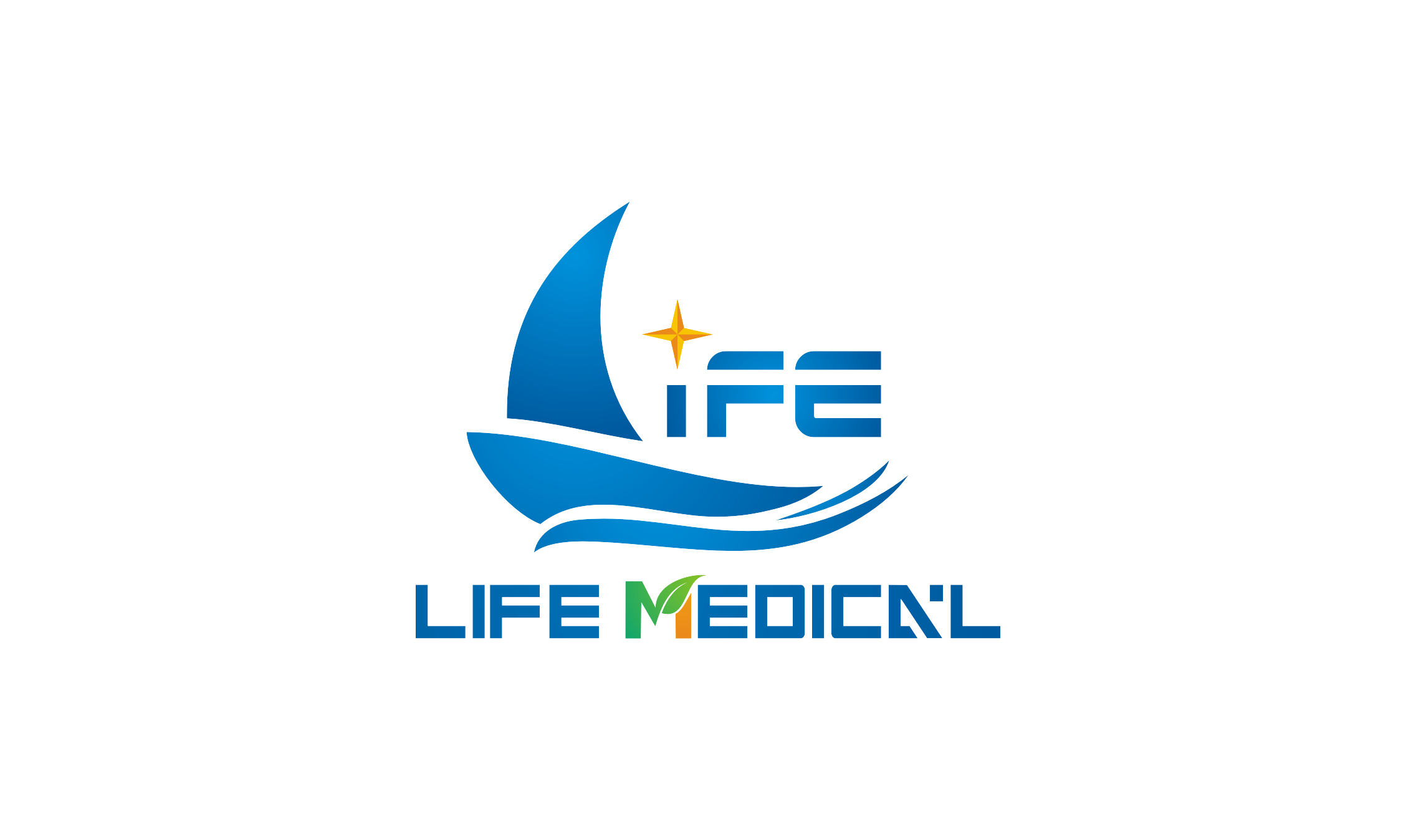My Blog
A Negative Pressure Suction Liner Is Essential For Hospitals and Clinics During the COVID-19 Pandemic
A Negative Pressure Suction Liner Is Essential For Hospitals and Clinics During the COVID-19 Pandemic
A negative pressure suction liner is an essential item for hospitals and clinics during the COVID-19 pandemic.negative pressure suction liner This device allows a healthcare worker to perform aerosolization procedures on COVID-19 confirmed or suspected patients without worrying about the spread of the virus outside the negative pressure environment. These devices are usually located in the operating room and have a maximum negative pressure of -200 mmHg when connected to a Yankauer suction tip. This is significantly less than the maximum negative pressure generated by a traditional wall suction system with all tubing, regulators, and a Yankauer suction tip attached.
The negative pressure created by a suction liner is achieved by the removal of air from the inside of the container, which is then exhausted through a ventilation system that filters and exhausts the negative pressured air. This method of negative pressure generation is effective because it eliminates the need to empty a large volume of water or other liquids from a container and reduces the risk of contamination.
In addition to creating negative pressure, a suction liner can also serve as a storage container for secretions and other fluids that are removed from the patient's body. This can help prevent cross infection in the operation room and keep medical staff safe.
These liners are available in different capacities and are made from high-quality materials that meet all FDA requirements for medical products. They can be used together with a suction canister and holder or with a syringe. They are suitable for use in a variety of clinical settings, including ICUs, operation rooms, and gynecology. They can be sanitized and refilled several times before disposal, making them an economical and sanitary choice for waste management.
Unlike conventional wall suction, a suction liner can be mobile and easily transported from room to room. It also has a lower profile and can be used with a smaller syringe to improve ergonomics. Its low-memory flexible tubing is more resistant to kinking than traditional tube sizes and is easy to handle. It is also compatible with most existing hospital systems and can be easily cleaned with saline solution.
A negative pressure suction liner has a good pressure resistance and an excellent hermetic seal. It can also be easily configured into a Single-bottle with rack, Double-bottle with rack, or Four-bottle with rack. These features make it an ideal choice for central negative pressure systems in ICUs and other clinical environments. In addition, it can be used to store drainage fluids during surgery and has a double safety design that ensures no liquid is suctioned back into the tubing and the unit, which effectively prevents cross-infection. In addition, it can be connected to a gas generator to increase the negative pressure in the workspace. This is especially important in laboratory containers where negative pressure helps prevent contamination and control temperature and humidity in the workspace. This can lead to more accurate results and safer experimentation for lab technicians.
0users like this.


